Hello!
I’m Takuto Fujioka, a guitarist-specialized chiropractor.
Thank you for always tuning in!
It’s been a while since my last post, but I’ll keep working hard to provide useful content for you all, so I’d appreciate your continued support!
Today, I’d like to talk about strumming.
Have you ever experienced your strumming hand getting tired while playing the guitar, making it difficult to continue performing? If you keep playing while fatigued just because you want to practice more, that fatigue can turn into pain, and in the worst case, lead to injury or chronic issues.
At first glance, strumming may seem like a simple movement, but it actually requires a well-balanced coordination of your entire arm, from your shoulder to your fingertips. Once you get used to the motion, it might not seem like a big deal, but if you develop bad habits and unnecessary tension, you’ll likely struggle down the road.
Let me explain this part briefly.
The role of the shoulder is to support the entire arm while strumming. It acts as the foundation. When we say ‘shoulder’, it’s not just the shoulder joint itself, but also the shoulder blades, collarbones, and even the chest area surrounding the shoulders.
Additionally, the upper arm (from the shoulder to the elbow) also plays a role in stabilizing the movement, but this part’s stability changes significantly depending on your playing posture—whether you’re sitting or standing, and if standing, the height at which you position your guitar.
The forearm (from the elbow to the wrist) is a crucial part responsible for the flexion/extension of the elbow and the rotational movement that generates centrifugal force.
This type of movement is something we don’t often do in our everyday life.
One reason your strumming hand gets tired is that your body isn’t accustomed to this unique movement, which causes unnecessary tension in areas that don’t need to be engaged.
The good news is that once you get used to the motion, you’ll be able to relax and use centrifugal force effectively, making strumming easier.
While this explanation sounds simple, it’s actually quite challenging for beginners to do this when they first start playing the guitar.
This time, I’d like to share a simple yet effective warm-up method that I recommend for beginners! You can use this before your guitar practice or as a warm-up before a live performance when you can't use your guitar.
All you need is your regular pick. While you can do this without a pick, it’s better to use one to feel the connection from your shoulder to your fingertips during the movement. However, you don’t need your guitar for this.
The method is very easy and simple.
It’s like playing air guitar, but you’ll be doing air strumming.
There is only one key point.
Focus on relaxation and using centrifugal force as you rotate your arm.
Don’t worry about rhythm or the details for now. The priority is to get used to rotating your forearm first.
You can practice along with the song you’re working on or with a metronome.
The reason for not using a guitar is that if you focus on rhythm or the distance from the strings before you’ve gotten used to it, you may not be able to relax enough to use centrifugal force properly, and you might tense up, which can make you get tired much more easily.
With this method, don’t worry about the little things. Just do air strumming, imagining you’re playing the guitar, and swing your arm. This way, your body will get used to the strumming motion.
As for the time, start with just the first part of a song or a shorter duration. When you’re still getting used to it, you may not be able to relax properly and will end up tensing up, so if you try to practice for a long time right away, you might end up with muscle soreness.
For repetitive movements like strumming, muscle endurance is more important than simple muscle strength.
Muscle strength refers to how much force your muscles can exert, measured by the maximum weight you can lift in one go. On the other hand, muscle endurance is about how many repetitions of a load you can continue. So, how can you improve muscle endurance? The best way is to practice with lighter loads and increase the number of repetitions.
You can’t reduce the load when strumming. Therefore, until you get the feeling of relaxation, it’s better to shorten the duration of your practice sessions. Once you’re able to move with the minimum necessary force, gradually increase the repetitions so that your body experiences less strain. If you practice a little every day, I believe you’ll eventually get the hang of it.
Finally, I’d like to introduce the muscles that play the most important role during strumming. Even just knowing where the muscles are located can help make your movements smoother.
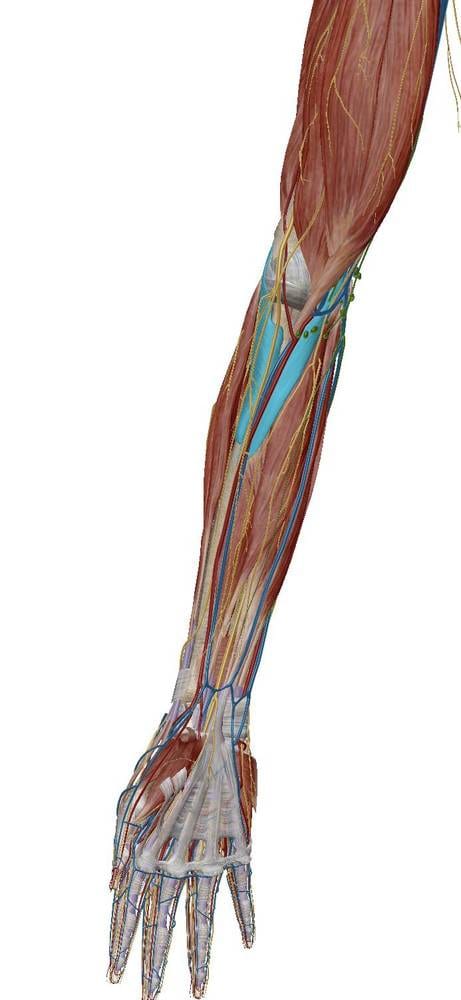
Please take a look at the areas highlighted in light blue.
The muscles primarily responsible for rotating the forearm are called the ‘pronator teres’ and ‘supinator’ muscles, which are located below the elbow. As you can see, these are relatively small muscles. Small muscles tend to have fewer muscle fibers, so their strength and endurance are naturally weaker. Because of this, simply relying on “strength is power” and using force won’t always work.
How did that go? I hope this gives you some useful practice ideas!
See you next time!
The “sound & person” column is made up of contributions from you.
For details about contributing, click here.











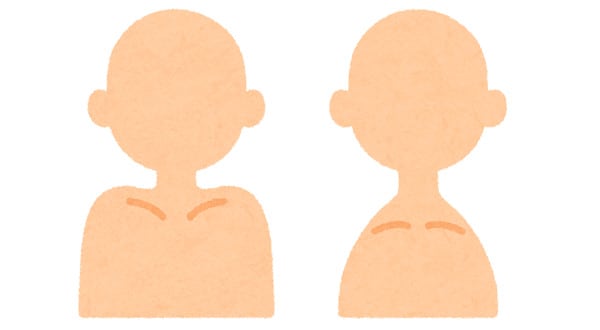

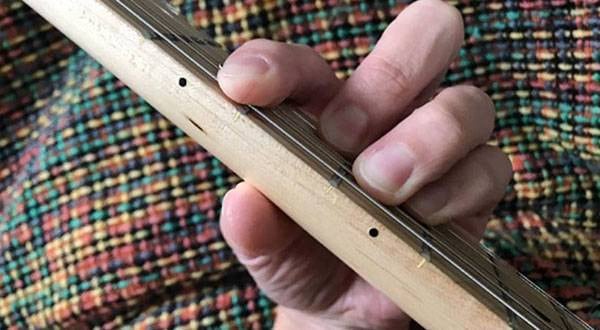
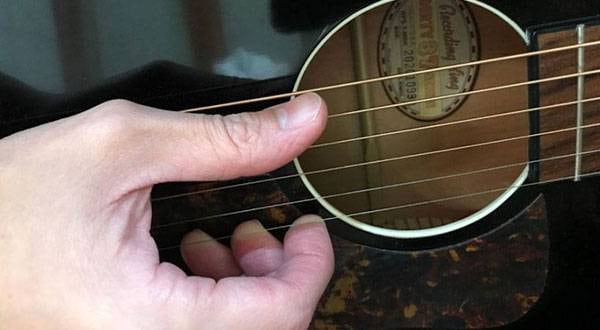

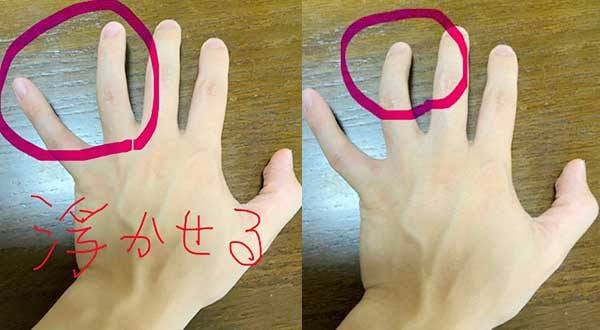
 GOTOH(ゴトー)ギター用ペグ よくある質問まとめ!
GOTOH(ゴトー)ギター用ペグ よくある質問まとめ!
 ギターパーツの沼
ギターパーツの沼
 超オススメのフレーズ道場 ギター
超オススメのフレーズ道場 ギター
 ギター演奏に必要なものは?
ギター演奏に必要なものは?
 ギター名人ラボ
ギター名人ラボ
 ギタースタートガイド
ギタースタートガイド















